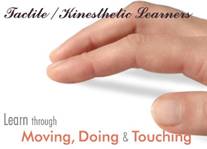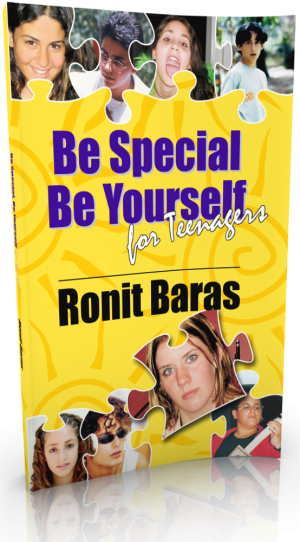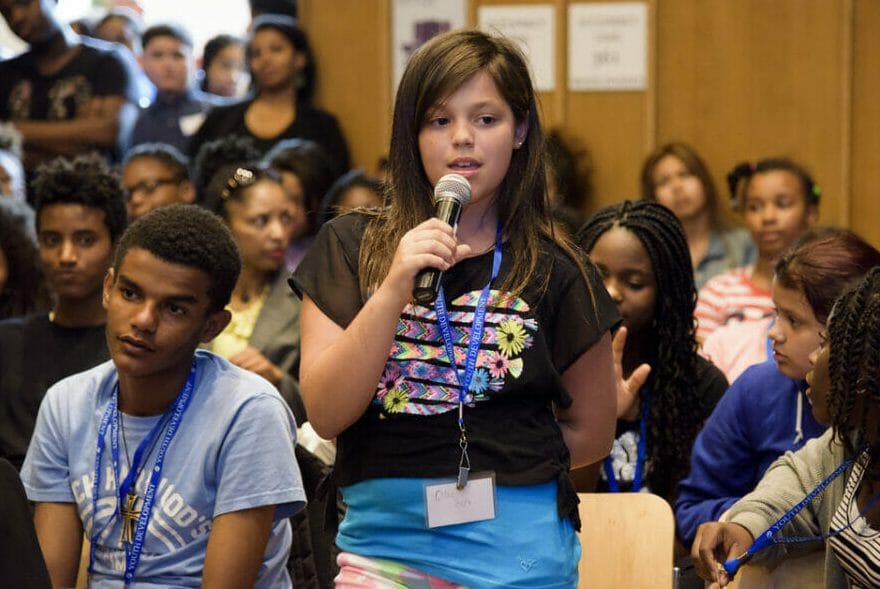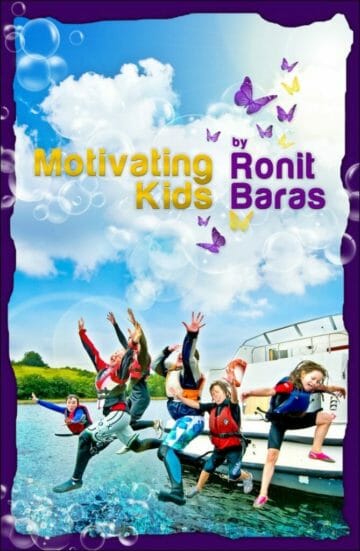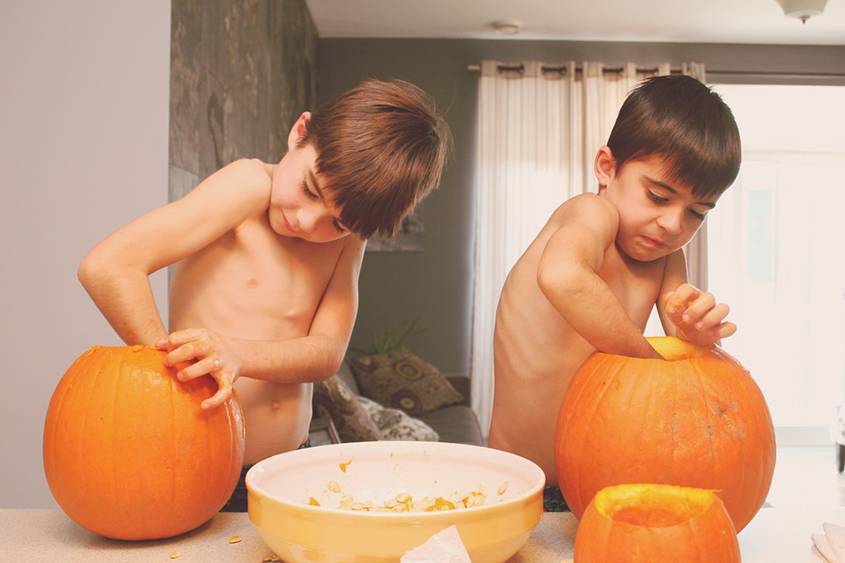
Some people, even experts, label them as troublemakers, but children with the kinesthetic communication style are great if you know how to work with them.
The idea that all kids are the same is false and brings parents and teachers into lots of trouble. Every time these kids are not “the same” as others, they think something is wrong with them. Nothing is wrong with them! They are just different and we should all be happy that there is not such a thing as “one size fits all”.
In my kids’ assessments, I check children’s communication styles. If I know their communication styles, I know what challenges they have and why, and I know the best ways to introduce new information to them.
During our sessions together, I pay attention to how they move. I check if they stand up while they work and if they move their legs or other body part. I notice if they are social and friendly and pay attention to how they talk about others. Moving a lot and talking about emotions, fairness, kindness and caring are typical for children with the kinesthetic communication style.
The Kinesthetic style
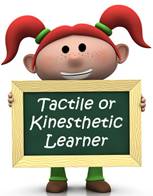
Children with the kinesthetic communication style use all their senses to process information and need things to be in visual, auditory and emotional harmony.
Kinesthetic children love physical activity and sometimes seem fidgety. Some of them make very gentle movements and stimulate themselves in other ways. These kids can benefit greatly from moving a lot.
Kinesthetic children love the outdoors and cannot sit still for long. At the same time, they must feel physically comfortable.
Kids with the kinesthetic communication style shut down when they are uncomfortable – hungry, tired, worried, cold, hot and even when their clothes are too tight. Physical or emotional discomfort is unbearable and very distracting for them, which can explain why they sometimes “get into trouble” at school.
Kinesthetic kids are often misdiagnosed with hyperactivity, because they need to move. If you allow movement, even gentle movement, like using a stress ball, playing with a soft toy or doodling, their need to move will decrease.
They use a vocabulary that includes “nice”, “fair”, hugs, cuddles and movement, and do not like “mean” or aggressive people. They want everyone to be happy and get along well with others.
Challenges of the Kinesthetic communication style
Kinesthetic children have a hard time describing the reasons for what they do, because they operate intuitively. Often, they cannot pinpoint the reason for their feelings and describe them as being uncomfortable or having an urge (“I felt like it” or “It just didn’t feel good”). At the same time, strong emotions overwhelm them and they may act or speak strongly to express their feelings and deal with them.
Kinesthetic children can sense others around them. Unfortunately, they cannot turn this ability off, which means it affects them at school too. If this is their main channel, kinesthetic children are very social and love people. They come to life around friends and perform better in a group.
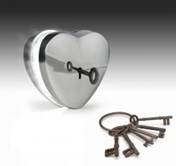
Happy, peaceful days will result in high performance and stressful days will present with low performance.
Illness or death in the family, moving country, moving house or school, conflict in the house, parents changing jobs, too many changes, stressed, aggressive or strict parents, teachers or siblings will block a kinesthetic child from being absorbing, learning and accessing new information in class.
When we find a gap in learning with kinesthetic children, it is wise to explore the circumstances during that period. With kinesthetic children, I can pin point the exact time in their past when an emotional overwhelmed blocked the learning.
If there is no learning difficulty, a significant event made them emotionally occupied and they could not absorb the information.
How to work with Kinesthetic kids
One of the best techniques of emotional intelligence is “the rating technique”, which puts the child’s feelings on a scale. Measuring their mood is a wonderful way to predict their performance, e.g. asking, “On a scale of 1 to 3, how angry are you?” and with older kids, asking, “On a scale of 1 to 10, how disappointed are you?”

40% of people are kinesthetic. They are very active and learn better through action and movement. Schools offer some level of action and movement in class these days, and that is increasing, thankfully.
When communicating with a kinesthetic child, use the words: feel, nice, kind, caring, happy, not happy, free, gut instincts, follow and grasp.
Here are several ways to help children with the kinesthetic communication style be “in the zone”, learn better, be happier and love to learn:
- Singing is a great way to stimulate a kinesthetic child. This activity also builds self-esteem and self-expression. Get them to do sing-along, karaoke or just give them a stand with a microphone and have some singing time with the whole family. Let them choose songs they can relate to emotionally and encourage expression, not
- Cooking together with a kinesthetic child is a great activity. This is a fun way to stimulate kinesthetic abilities with action, physical sensations and human company. Make sure there is no stress associated with the cooking – the focus needs to be on fun, not on how clean things are or how perfect the food turns out. Mess is good, using hands is good, tasting is good and experimenting is good.

- Physical activities – encourage kinesthetic children to do physical activities and pay attention to their physical comfort. Take into account any expression of discomfort.
- Arts and crafts, including cutting, pasting, finger-painting, drawing and scribbling are excellent for them. Most kinesthetic kids have a natural desire for aesthetics, a vivid imagination and healthy creativity. Remember, mess is good, so just keep focusing on expression and enjoyment.
- Playing with cream or sculpting – give them some time to play with textures, densities, tastes and smells. Get them perfumes, creams and make up (let them experiment regardless of gender stereotypes) and let them play with shaving cream.
- Playing a musical instrument can also be a kinesthetic outlet, involving physical memory (fingering sequences), fine motor skills and emotional expression.

- Drama is a very kinesthetic activity and is very good for self-esteem.
- Teach them to meditate to manage stress.
- Encourage them to express their emotions and focus on positive, empowering emotions.
- Kinesthetic kids enjoy verbal encouragement. Be very encouraging and point out their achievements, successes and happy thoughts to get them to recognize those thoughts within themselves.
- Learn about motivation and help them develop internal motivation.
If your children use the kinesthetic communication style, make sure you are supportive and allow them to process information their own way. Do not be tempted to put labels of difficulties on them.
Being kinesthetic is a gift, not a curse. It is, in fact, a very useful ability and knowing how to use it properly can be very useful in relating to people, making decisions, doing physical activity and managing feelings.
Happy parenting,
Ronit
